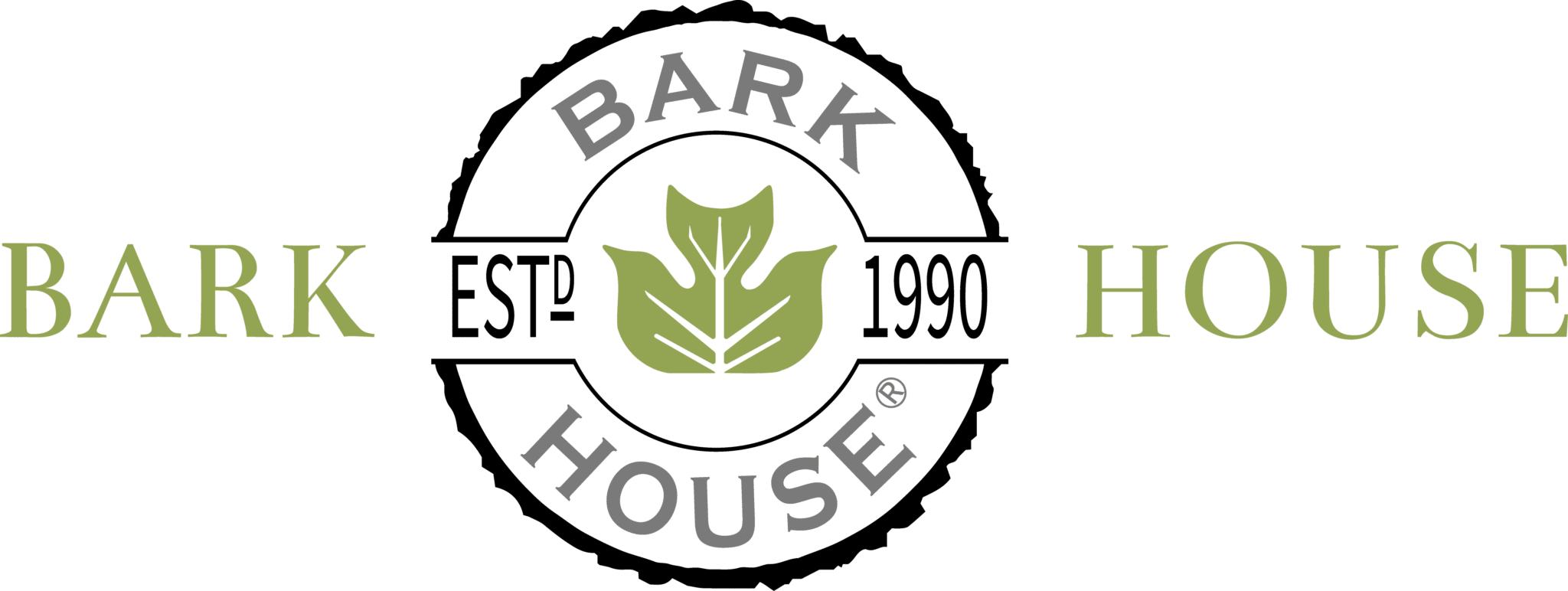How Eco‑Friendly and Sustainable Wall Finishes Elevate Modern Design
As the design world reinvents itself decade after decade, architects find inspiration by reaching deep into history to make old elements new again. Eco‑friendly and sustainable wall finishes are not new; yet, like so many design elements of old, they can be reinvented and resurrected in exciting ways.
In 2017, CNN reported “the emergence of a new recycling trend”: luxurious materials in the form of manipulatable materials such as wall art crafted from waste. However, this “trend” is something that Bark House has been doing since 1990: using reclaimed waste products of the logging industry to create eco‑friendly wall finishes that empower designers to create dramatic 3‑D wall‑scapes through limitless combinations of textures and natural hues. These products were named Architectural Record Product of the Year, and earned the world’s first Platinum C2C Cert and the John Ruskin Award. Bark House is proud to have led the charge in the rising popularity of eco‑friendly designs using “upcycling” that Thrive Global traces back to the early 1990s.
What Constitutes an Eco‑Friendly Wall Finish?
Those looking for “eco‑friendly” wall finishes may be considering the following types of products:
- Plant fiber wall coverings
- Paint created from nontoxic elements such as tree resin and mineral pigments
- River rock walls
- Rice hull composites
- Bamboo
- Wood/bark products
However, to know whether a product is actually eco‑friendly or sustainable, it’s necessary to have a thorough understanding of where it comes from, how it’s made, and what happens at the end of its life. At Bark House, being eco‑friendly means creating wall finishes guided by our WHOLE‑BUILDING™ approach, which encompasses how materials are grown, sourced, and manufactured as well as the product’s end‑of‑life disposition. Bark House sustainable and eco-friendly wall finishes are crafted with a deep commitment to sustaining and regenerating Appalachian forests.
3 Ways Bark Elevates Eco‑Friendly and Sustainable Wall Finishes
While the evolution of modern design has ushered in myriad eco‑friendly wall finishes, let’s consider the specific ways bark products can surpass today’s sustainability standards while also elevating your entire design.
1. Bark wall finishes are handcrafted.
Consider Bark House’s poplar pole end‑cut panels. These gorgeous, irregular wall finishes are created lovingly, with a dizzying amount of time and attention to detail. The thin poplars are harvested from thick groves of saplings that stronger trees would have eventually choked out. After felling these saplings, the poles are carefully hand‑sanded to create a balanced texture that subtly reflects the light while also retaining the rough bark texture. The result is a one‑of‑a‑kind wall natural wall finishes created out of a close relationship between humans and the Appalachian forest.
2. Bark wall finishes are beautiful.
Poplar panels are popular because they are beautiful—and deceptively simple. It is easy to get lost gazing at the rough texture, the natural whorls, and the subtle colors of this visual feast. Keep in mind that eco‑friendly wall finishes often begin as recycled waste. To our mind, this only elevates the beauty of the finished, sophisticated bark product.
3. Bark wall finishes exude luxury.
Whether used as a small focal point of natural texture, an accent wall, or a soft transition from the outdoors to interior spaces, eco‑friendly bark wall finishes exude a luxuriously magical quality. Because they are crafted from real poplar trees rather than manufactured as a paltry substitute, these wall finishes do not merely act as unique aesthetic accessories—they truly are unique.
By using a wall finish that is eco‑friendly, handcrafted, and beautiful, architects can elevate interiors to a level that surpasses current sustainability standards, transcends client expectations, and provides a peek into the next generation of modern design.
